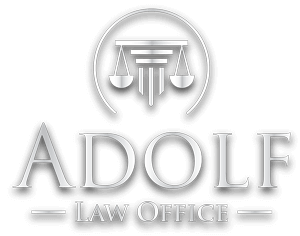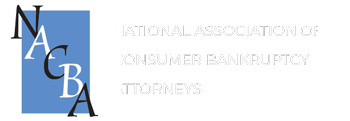While bankruptcy in Indiana relieves consumers of some unsecured debts, myths give it a negative reputation. A common myth is bankruptcy filers are irresponsible with money. There are many other myths that make consumers hesitate to file for bankruptcy.
Myth: Credit is impossible after bankruptcy
While credit scores will drop for several years after a bankruptcy, it isn’t impossible to get a credit card. However, the interest will be higher, and some lenders require a waiting period and a certain credit score after discharge.
A suggested way to build credit is a secured credit card, which requires a down payment equal to the credit limit. Consumers who pay bills and mortgages on time should see an improvement in credit scores in 12 to 18 months.
Myth: All unsecured debts get discharged
While Chapter 7 bankruptcy discharges several unsecured debts, or debts without collateral, not all of them qualify for discharge. Some unsecured debts that don’t get removed include domestic obligations, debt accrued from malicious intent, fraudulent debts, and tax liens.
If the filer owes federal taxes, they may be able to work out an offer in compromise with the IRS. While student loans are not usually discharged, a consumer can claim that paying the loan would create an undue hardship.
Myth: Consumers lose all property
Many coinsurers fear that they will lose everything, especially in Chapter 7, but courts only consider non-exempt property or nonessential items. Some exempt property includes primary vehicles and homes as well as work tools and household items up to a certain amount.
Examples of non-exempt assets include luxury vehicles, luxury clothing, watercraft, expensive jewelry, and valuable collections. However, state or federal exemptions may enable a filer to keep nonexempt assets or reduce payments in Chapter 13.
Myths shouldn’t prevent a consumer from using bankruptcy if they see no way of paying debts. However, they should seek assistance to determine which type of bankruptcy to file.




